Trump Urges EU to Join 100% Tariffs on China, India — Brussels Hesitates
Input
Changed
Trump Urges EU to Join Trade Sanctions Against India, China EU Earlier Pledged to Conclude FTA Talks With India This Year Harsh Measures Could Risk Strengthening a China-Russia-India Bloc
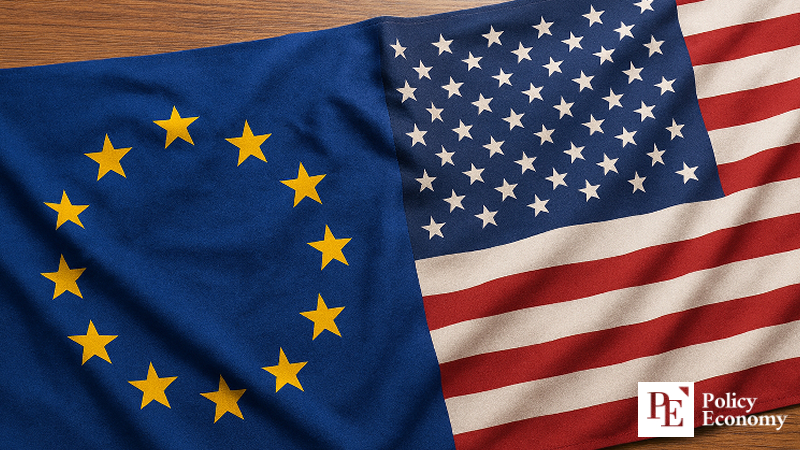
U.S. President Donald Trump has called on the European Union to impose tariffs of up to 100% on imports from China and India. His proposal aims to strengthen trade sanctions by coordinating efforts to block China and India’s purchases of Russian oil. However, given the recent improvement in EU-India trade relations, many analysts believe Brussels will be reluctant to accept Washington’s request.
Trump Proposes Cooperation to the EU
On the 9th (local time), the Financial Times reported, citing informed sources, that President Donald Trump had asked the European Union to impose tariffs of up to 100% on goods from India and China. Trump reportedly made the unusual request during a phone call to a high-level U.S.-EU meeting held in Washington on Tuesday. While he had previously tried to mediate between Russia and Ukraine, Moscow’s continued offensive has pushed him to tighten sanctions against Russia. On August 27, he imposed a 50% tariff on India, a major importer of Russian oil.
Washington’s call for EU cooperation reflects the recognition that unilateral U.S. action would be insufficient to pressure these countries. A U.S. official said, “The president’s thinking is clear: everyone should impose dramatic tariffs and keep them in place until China stops buying Russian oil.” The official added, “All of this is obviously costly, but for the president to succeed, it would be ideal for the EU and all partners to act together.” From Trump’s perspective, strategic alignment with the EU is essential to pressure President Vladimir Putin and bring the war in Ukraine to an end.
EU-India FTA Talks in Full Swing
Whether the EU will readily accept Washington’s proposal remains uncertain, given its rapidly improving trade ties with India, led by ongoing free trade agreement (FTA) negotiations. The EU-India FTA talks were first launched in June 2007 but were suspended in April 2014 due to disagreements over market access. Discussions resumed in June 2022 after an eight-year hiatus, and this February, Indian Prime Minister Narendra Modi and European Commission President Ursula von der Leyen agreed to conclude the long-stalled negotiations by the end of this year.
The two sides are currently discussing 23 areas, including EU demands for tariff reductions and measures to improve the competitiveness of Indian exports. If successfully concluded, the deal could significantly reshape trade between the two economies. In the 2023–2024 fiscal year (beginning April 2023), EU-India trade totaled $137.41 billion.
Observers note the EU is under pressure to move quickly, especially as the U.K.—a structural competitor—signed its own FTA with India in July. At the time, U.K. Business and Trade Secretary Jonathan Reynolds and Indian Commerce Minister Piyush Goyal inked the agreement in London, cutting tariffs on key goods such as automobiles, whisky, and textiles, while expanding market access for both sides. Should the EU fail to reach its own deal, it risks losing ground as Indian labor and capital increasingly flow toward the U.K. market.
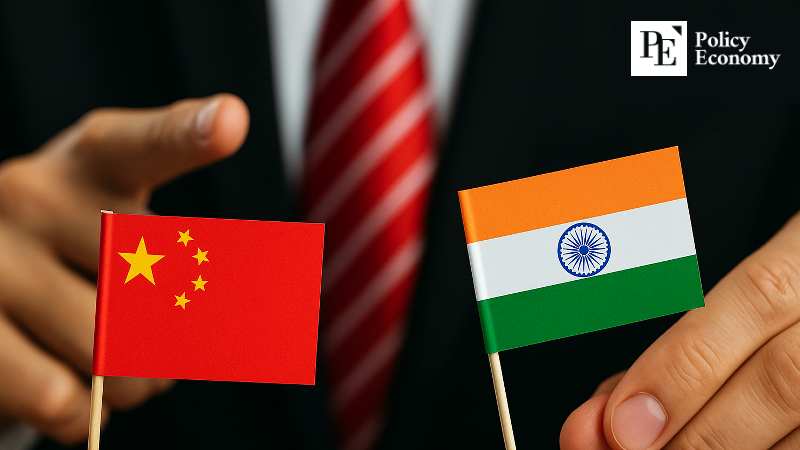
China-India Cooperation Front
Some analysts warn that if the EU aligns with Washington on trade sanctions, it could inadvertently strengthen ties among China, Russia, and India. In particular, Beijing and New Delhi have used Trump’s steep tariffs and diplomatic pressure as a catalyst to improve relations. The two countries recently agreed to step up efforts to resolve their 2020 border clashes. China has pledged fertilizer and rare earth supplies while easing trade barriers, while India has resumed issuing visas for Chinese tourists after a long suspension, with direct flights expected to restart soon.
Economic interests are also reinforcing this rapprochement. With protectionism in the U.S. and Europe closing off export markets, China is looking to India as an emerging outlet. India, meanwhile, relies on Chinese technology and investment to achieve Prime Minister Narendra Modi’s goal of raising manufacturing’s share of GDP to 25%. Antara Ghosal Singh, a fellow at India’s Observer Research Foundation, observed, “If trust is built, the economic potential between the two is enormous. In fact, Trump has been a useful catalyst for them to reassess their relationship.”
Signs of normalization have also been on display at the leadership level. On July 31, Chinese President Xi Jinping held a summit with Prime Minister Modi on the sidelines of the Shanghai Cooperation Organization—their first meeting in seven years. Xi told Modi that “realizing cooperation between the dragon and the elephant is the right choice for both countries,” expressing hope for reconciliation. Modi responded, “India and China are not adversaries but partners, and there is far more common ground between us than differences.”

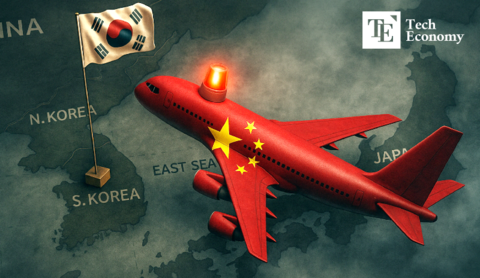
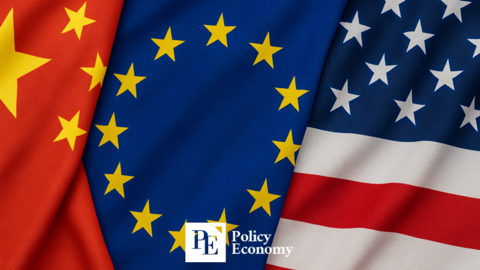
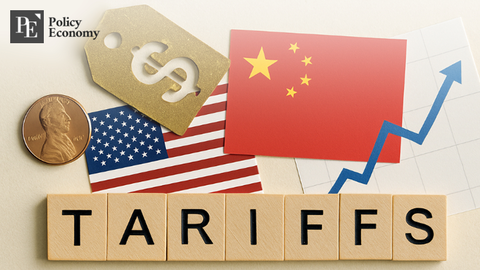
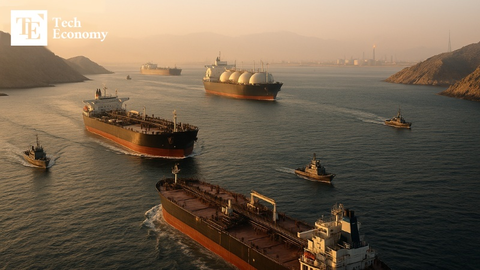
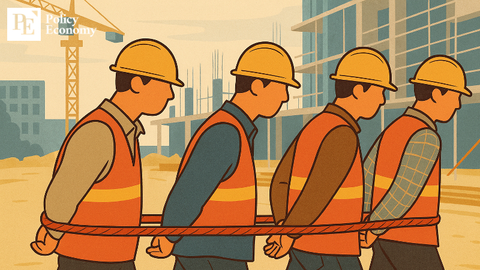
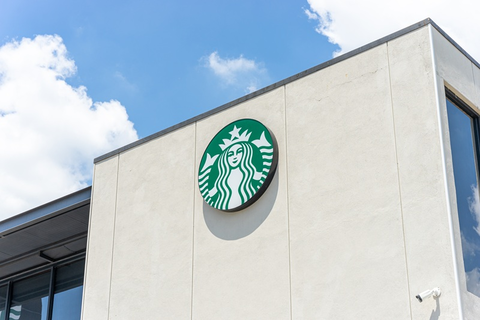
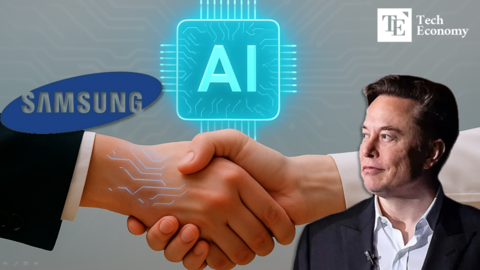
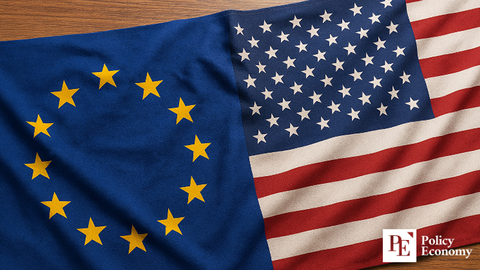
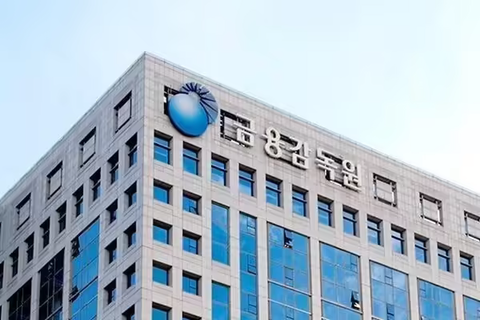












Comment